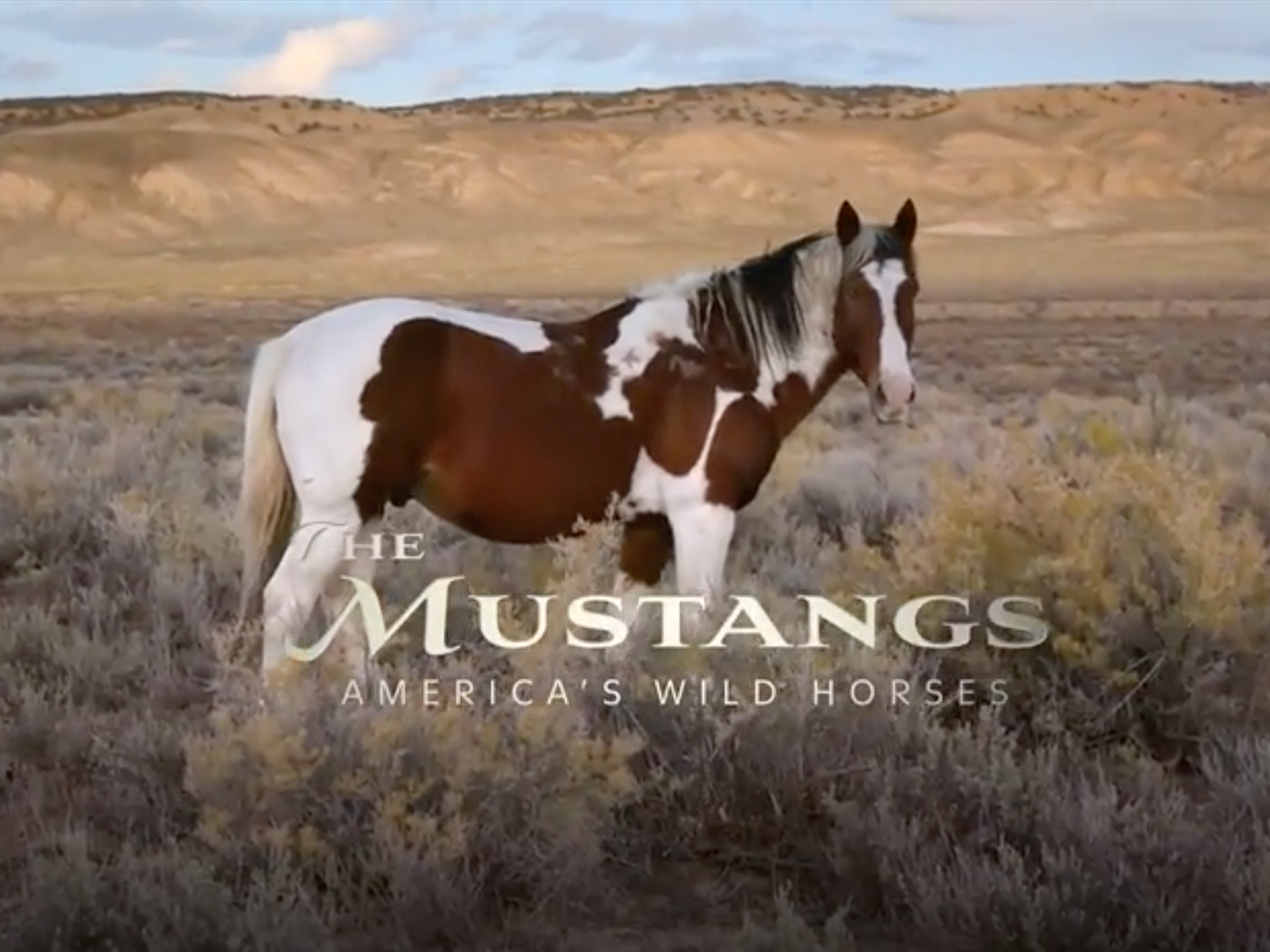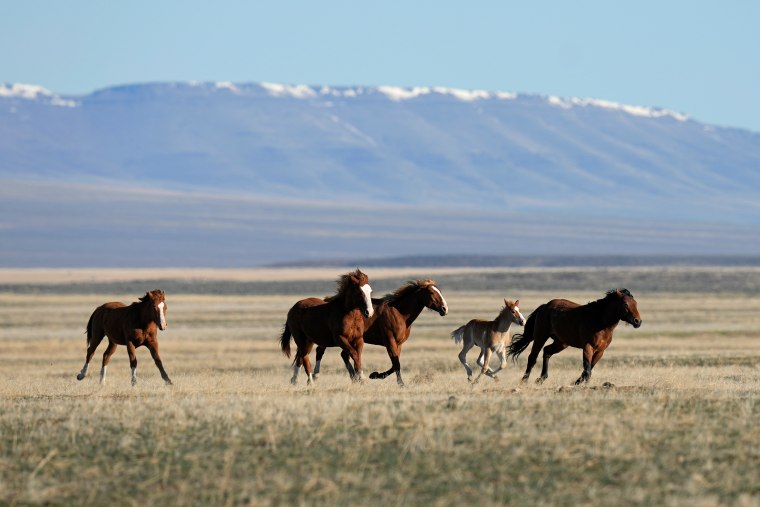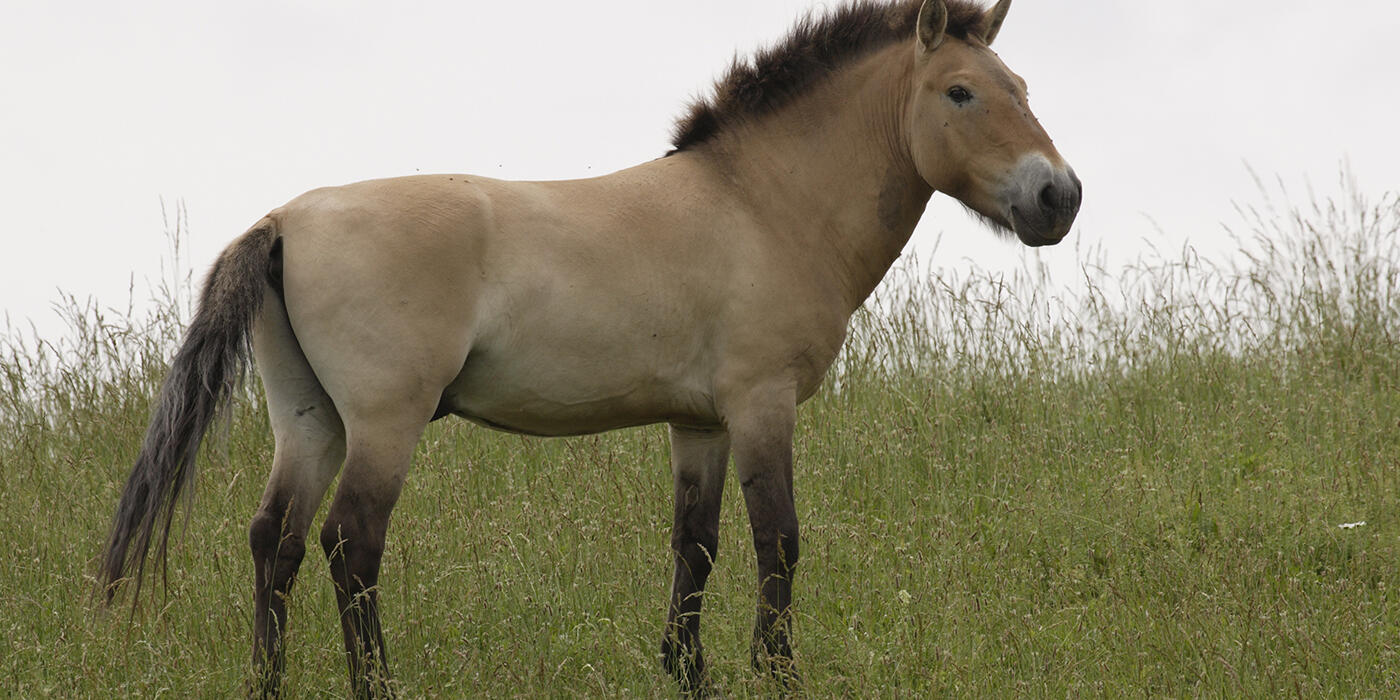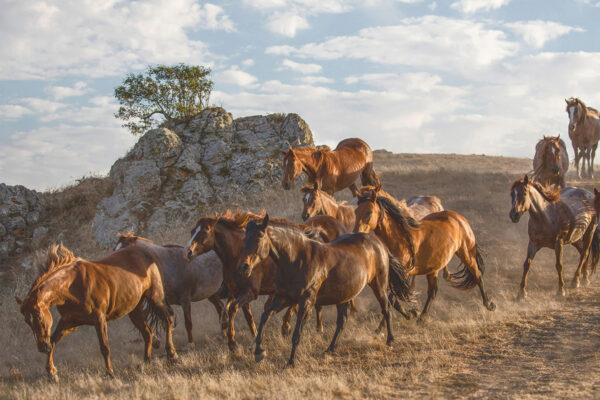The History of the Wild Mustang Horse

The wild mustang horse is an iconic symbol of the American West, embodying freedom, resilience, and the untamed spirit of the frontier. This article explores the fascinating history of the wild mustang, tracing its origins, cultural impact, and ongoing conservation efforts.
Origins of the Mustang

Mustangs are descendants of horses brought to North America by Spanish explorers in the 16th century. These horses escaped or were released into the wild, where they adapted to the diverse and often harsh environments of the continent. Over centuries, they developed into the hardy, agile animals known today as mustangs.
| Period | Key Events |
|---|---|
| 1500s | Spanish explorers introduce horses to the Americas |
| 1600s | Horses spread across the continent, forming feral populations |
| 1700s | Mustangs become integral to Native American cultures |
| 1800s | Mustangs symbolize the American frontier and westward expansion |
| 1900s | Conservation efforts begin to protect wild populations |
Cultural Significance

Mustangs have played a vital role in the lives of Native American tribes, who relied on them for transportation, hunting, and warfare. The horse transformed many tribes’ ways of life, enhancing mobility and trade. Later, mustangs became emblematic of the rugged individualism and pioneering spirit celebrated in American folklore and popular culture.
Conservation and Challenges
By the 20th century, mustang populations faced threats from overhunting, habitat loss, and roundups for domestication. The Wild Free-Roaming Horses and Burros Act of 1971 was a landmark law enacted to protect these animals on public lands. Today, various organizations work to manage and preserve mustang herds, balancing ecological concerns with the horses’ welfare.
Frequently Asked Questions (FAQ)
Q: Are mustangs truly wild horses?
A: Mustangs are technically feral horses, descended from domesticated ancestors but living in the wild.
Q: How many wild mustangs are there today?
A: Estimates suggest there are around 80,000 mustangs living on public lands in the United States.
Q: What is being done to protect mustangs?
A: Conservation programs include habitat management, population control through adoption, and legal protections under federal law.
Conclusion
The wild mustang horse remains a powerful symbol of freedom and the enduring connection between humans and nature. Understanding their history helps us appreciate the importance of preserving these majestic animals for future generations.
This article is optimized for SEO with relevant keywords, structured headings, and engaging content to attract readers interested in history, wildlife, and conservation.
